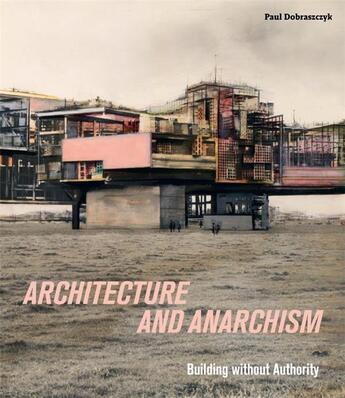-
Date de parution : 05/11/2021
-
Editeur :
Paul Holberton
-
EAN : 9781913645175
-
Série :
(-)
-
Support :
Papier
Résumé:
Architecture and Anarchism documents and illustrates 60 projects, past and present, that key into a libertarian ethos and desire for diverse self-organised ways of building.
They are what this book calls an 'anarchist' architecture, that is, forms of design and building inspired by the core... Voir plus
Architecture and Anarchism documents and illustrates 60 projects, past and present, that key into a libertarian ethos and desire for diverse self-organised ways of building.
They are what this book calls an 'anarchist' architecture, that is, forms of design and building inspired by the core values of most forms of anarchism since its emergence as a distinct kind of socialist politics in the 19th century. These are autonomy, voluntary association, mutual aid, and self-organisation through direct democracy.
As the book shows, there are a vast range of architectural projects that can been seen to refl ect some or all of these values, whether they are acknowledged as specifi cally anarchist or otherwise.
Anarchist values are evident in projects that grow out of romantic notions of escape - from isolated cabins to intentional communities. Yet, in contrast, they also manifest in direct action - occupations or protests that produce micro-countercommunities.
Artists also produce anarchist architecture - intimations of much freer forms of building cut loose from the demands of moneyed clients; so do architects and planners who want to involve users in a process normally restricted to an elite few. Others also imagine new social realities through speculative proposals. Finally, building without authority is, for some, a necessity - the thousands of migrants denied their right to become citizens, even as they have to live somewhere; or the unhoused of otherwise affl uent cities forced to build improvised homes for themselves.
The result is to signifi cantly broaden existing ideas about what might constitute anarchism in architecture and also to argue strongly for its nurturing in the built environment. Understood in this way, anarchism off ers a powerful way of reconceptualising architecture as an emancipatory, inclusive, ecological and egalitarian practice.
Donner votre avis














